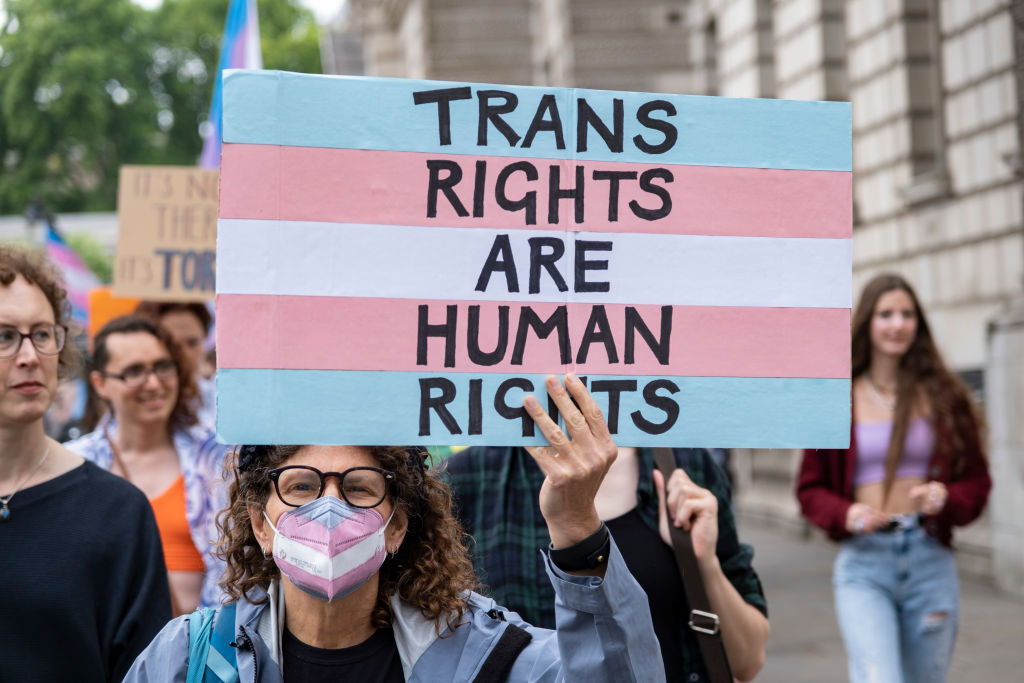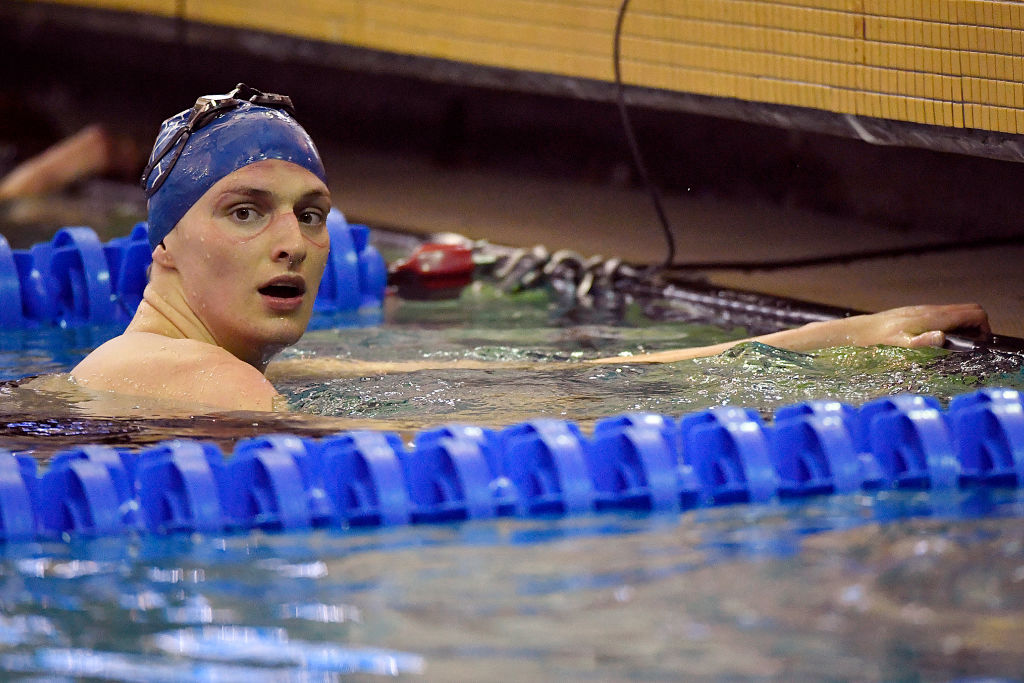When it comes to transgender girls in sports, let them play
OPINION: A recent case in Utah shows how laws banning trans athletes can be weaponized and do more harm than good, especially against Black and brown girls.

Editor’s note: The following article is an op-ed, and the views expressed are the author’s own. Read more opinions on theGrio.
When’s the last time you changed your mind after reconsidering a controversial issue, re-examining unintended consequences and recalibrating the pros and cons? It happened to me this week regarding transgender athletes, and being on the other side of the debate feels weird.
But thanks to a conversation with my editor and the action of some sore-loser parents in Utah, I now see the blind spot of my previous stance. I understand the danger of banning transgender girls from competing in girls’ sports. The critics were right: Such measures will be weaponized and do more harm than good, especially against Black and brown girls.
In case you missed it, parents of girls in a state-level competition lodged a complaint with the Utah High School Activities Association. They questioned the winner’s gender after she “outclassed” the field. The UHSAA investigated her enrollment records and learned she’s been a girl in every grade since kindergarten. Neither the girl nor her family knew about the inquiry, sparing them unnecessary angst. But it shouldn’t be that easy to start some mess.
A UHSAA representative said the association has received other complaints, including the simplistic “that female athlete doesn’t look feminine enough.” We took “every one of those complaints seriously,” David Spatafore told state legislators. “We followed up on all of those complaints with the school and the school system.”
And that’s the problem right there, launching investigations whenever girls fall outside the preconceived notion of what they should look like. Black girls and women historically are treated cruelly under those standards.
“We live in a world that asks Black femmes, girls, and women to shrink, alter, and bend themselves in order to be given a modicum of support,” writes Dr. Letisha Engracia Cardoso Brown, sociology professor at the University of Cincinnati. “Athletes such as Michael Phelps are lauded for a body that has been said to give him a ‘competitive edge.’ But Serena’s muscular physique remains an issue in the media’s lens.”
Spatafore didn’t share any information that might reveal the winning girl’s identity. Utah is only 1.5 percent Black, so maybe she’s not. Either way, we know whose bodies attract the most scrutiny, criticism and derision. Serena Williams is a classic example. A racist caricature in 2018 exaggerated her muscles and stamped her as ABW—Angry Black Woman. She’s also been tested for performance-enhancing drugs way more often than other top American women players.
So before we get to competitors such as, say, Lia Thomas, the former University of Pennsylvania swimmer who in March became the first transgender athlete to win an NCAA Division I national title, please recognize the danger facing all girls—accusations, harassment, ridicule, embarrassment, etc.—under a red wave of legislation. Recently, a Salt Lake City judge temporarily halted a Utah law that banned transgender girls from competing in girls’ sports. But at least 17 other states have passed similar laws and a number of other states have executive orders/athletic policies to the same effect, a chilling one.

Susan Cahn, a University of Buffalo professor who has studied transgender athletes and gender-testing of female athletes, told the Washington Post that “[the bills] are often proposed as a way of protecting girls’ sports and women in sports. But I think it gives new legs to an old accusation, an old suspicion, which is the belief that someone really good at sports is possibly a male. And so it undercuts actual girls who are now going to possibly get investigated whether they’re trans or not.”
Here’s my new revelation: Whether they’re transgender or cisgender, girls should be allowed to compete against each other.
Before taking a closer look at this issue (thanks, Genetta! Genetta Adams, managing editor/opinions: You’re welcome!), the idea of my daughters competing against a trans girl didn’t seem right. I’d be salty and assume the winner had an unfair advantage. But the science is mixed on that position. I also claimed that Thomas was a bum as a male swimmer and a world-beater after transitioning. Data says that’s wrong. I was foolishly repeating something I heard that sounded like it made sense.
Sports parents can be terrible examples of humankind—abusing kids, berating coaches, falsifying records, assaulting fellow fans and sometimes pulling triggers. Proponents of laws against trans athletes claim they’re “protecting girls’ sports,” but they’re actually harming a very small number of kids seeking connection and community. Utah Gov. Spencer Cox noted as much when he vetoed the law that subsequently was overridden by the legislature.
Cox pointed out that 75,000 kids in Utah play high school sports, but only FOUR are transgender; only one of those is a girl. He also said 86 percent of trans youth report suicidality and 56 percent have attempted suicide. “I struggle to understand (transgenderism) and the science is conflicting,” Cox said in his veto. “When in doubt, however, I always try to err on the side of kindness, mercy and compassion.”
Too bad all officials aren’t so like-minded. Kentucky just banned its lone transgender athlete—a 13-year field hockey player—from playing on the team she helped start. Why? A lawmaker suggested some young people would transition just to win competitions. “Sports is about winning, and people go however far they need to go to win,” state Sen. Robby Mills told the Washington Post.
He sounds like a nut. Sports aren’t just about winning, especially youth sports. It’s supposed to be about sportsmanship, building character and work ethic, commitment and dedication. Nationally, only 7.5 percent of girls who play high school sports will play in college, and only 2.9 percent will reach Division I.
Girls don’t need “protection” in sports. They just need to have fun. Let them play.
All of them.

Deron Snyder, from Brooklyn, is an award-winning columnist who lives near D.C. and pledged Alpha at HU-You Know! He’s reaching high, lying low, moving on, pushing off, keeping up, and throwing down. Got it? Get more at blackdoorventures.com/deron
TheGrio is FREE on your TV via Apple TV, Amazon Fire, Roku, and Android TV. Please download theGrio mobile apps today!


